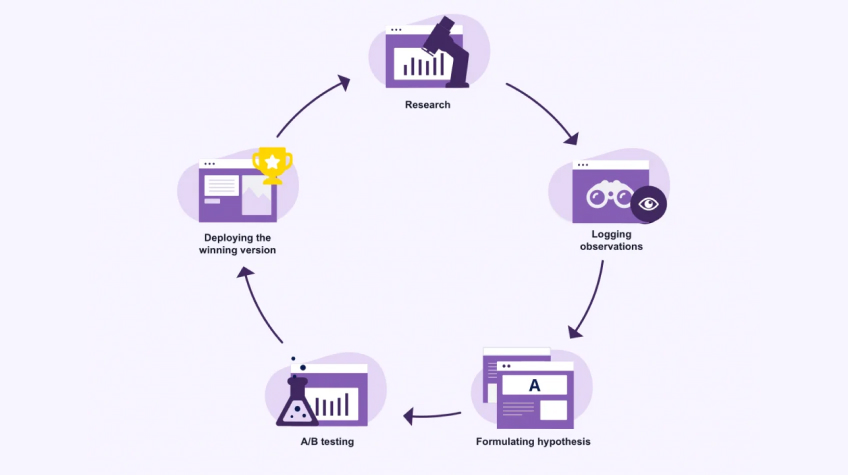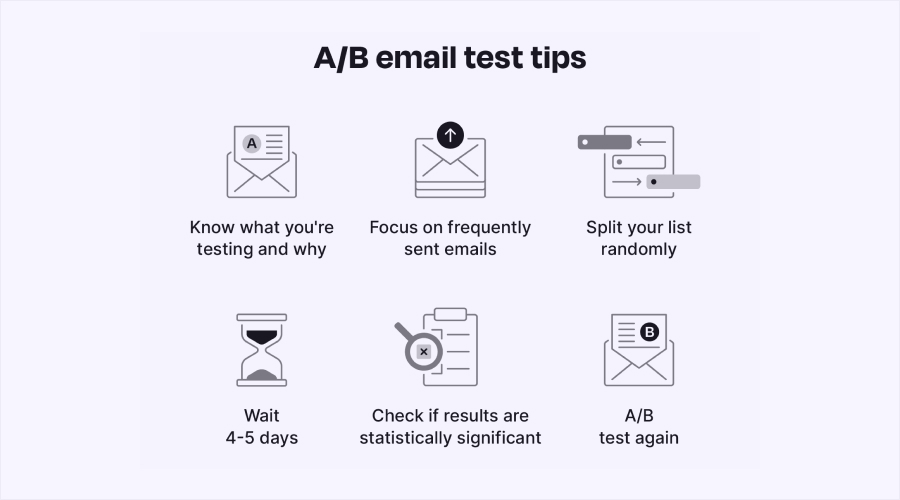
Effective email marketing campaigns are crucial for engaging customers and driving conversions. With the vast amount of content bombarding users every day, making your emails stand out is more important than ever. One of the most powerful ways to optimize your emails is through A/B testing combined with strategic use of visual feedback tools.
What is A/B Testing?
A/B testing, also known as split testing, involves comparing two versions of an email to see which one performs better. This approach allows marketers to send two slightly different email versions to a small percentage of their total recipients. The version that achieves a higher open rate, click-through rate, or another predefined metric then gets sent to the remainder of the list.
Key elements often tested include the email subject line, call-to-action (CTA) buttons, layout designs, personalization tactics, and content types. By methodically testing these variables, marketers can determine what resonates best with their audience and tailor their campaigns for optimal performance.q
Leveraging Visual Feedback Tools
To refine the design and content of your emails further, utilizing a feedback tool can be incredibly beneficial. Visual feedback tools allow teams to gather real-time insights on how specific elements of an email are performing. These tools can track user interactions within the email, such as which links are clicked or how far down a recipient scrolls. This data is invaluable for understanding what captures attention and engages users.
Moreover, visual feedback tools can help identify design issues that might not be apparent during the creation phase. For example, if many users click a non-clickable element, it signals a design cue that could be harnessed into a functional CTA. Incorporating changes based on this kind of feedback can significantly enhance the effectiveness of your emails.
Best Practices for Effective A/B Testing

- Start with a clear hypothesis: Before you begin testing, decide what you want to learn. For instance, if you believe personalizing the subject line will increase open rates, your A/B test should compare emails with and without personalized subject lines.
- Test one variable at a time: To ensure that your results are clear and actionable, only test one change at a time. This way, you can pinpoint exactly which variable had an impact on the performance of your email.
- Use a significant sample size: Ensure that your test groups are large enough to provide statistically significant results. Smaller sample sizes might not offer reliable insights.
- Allow adequate time: Run your test for a sufficient period to collect enough data. Rushing this process can lead to conclusions that don’t hold up over time.
Integrating Visual Feedback into Your Strategy
Incorporating visual feedback into your email marketing strategy allows for a deeper understanding of user behavior and preferences. Here are some tips to effectively use this tool:
- Use heatmaps: Heatmaps can show where recipients are most likely to click within an email. This information can be used to optimize the placement of key elements like CTAs and links.
- Analyze scroll depth: Understanding how far down your recipients scroll can inform how you structure your content. If most users don’t scroll past the halfway point, important information or calls to action should not be placed at the bottom of the email.
- Collect qualitative feedback: Some visual feedback tools enable you to collect user comments directly through the email. This can provide deeper insights into what users like or dislike about your emails.
Also Read: Why Email Marketing is Important
Conclusion
A/B testing and visual feedback are essential components of a sophisticated email marketing strategy. By implementing these practices, marketers can create more effective and engaging email campaigns. Using a feedback tool not only helps in gathering valuable insights but also empowers marketers to make data-driven decisions that resonate with their audience. With each test and feedback loop, your email campaigns can become more refined, ultimately leading to higher engagement and conversion rates.






